How to get the most out of your CAD/CAM system
As a full time general dentist, as well as a practice management coach and consultant, CAD/CAM technology is a subject that has been of significant interest to me. I incorporated CAD/CAM into my practice more than 10 years ago, and have been a proponent of the technology and its efficiency ever since.
As a full time general dentist, as well as a practice management coach and consultant, CAD/CAM technology is a subject that has been of significant interest to me. I incorporated CAD/CAM into my practice more than 10 years ago, and have been a proponent of the technology and its efficiency ever since.
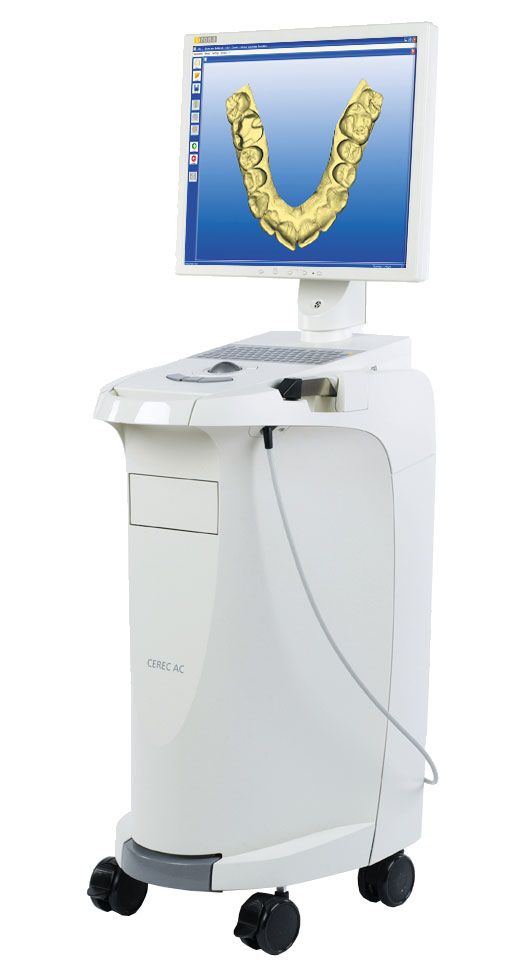
I began with CEREC 3 and then graduated to CEREC 3D. After successfully incorporating 3D technology into my practice, I was excited to see some new faces emerge in the CAD/CAM marketplace. E4D, iTero and Lava C.O.S. were all options to consider for digital capture, but only E4D and CEREC offered both scan and mill capability in the office.
When the time was right for me to upgrade to the newest technology, the E4D Dentist System by D4D Technologies was just a better fit. The software, support, training and results were more in line with my practice goals and vision, and I felt more confident in the hardware’s longevity. While both systems can produce high quality restorations, I felt I would be better supported in achieving restorative success with the E4D Dentist System. I made my decision to switch in late 2010 and have never looked back. Since then, research and development in CAD/CAM restorative materials has exploded. We have a wide variety of material options to choose from to meet all of our restorative and esthetic demands.
My peers routinely ask me about how to use technology effectively to cope with rising costs and lower margins. I often suggest they incorporate chairside CAD/CAM into their practices. I am confident that chairside CAD/CAM is the future of restorative dentistry, not only from a clinical perspective, but also in terms of profitability and marketing. Here’s how to get the most out of your system.
Simple economics
Over the last five years, my practice has doubled in revenue. In 2010 it grew 18% while other practices were struggling to break even. It consistently produces more than $1 million in a 4-day workweek, with a 98% average collection rate. It maintains an overhead of about 55% and normally attracts more than 30 new patients per month. I am able to do all of this while participating with more than 15 PPOs, as well as several reduced-fee plans and two union plans.
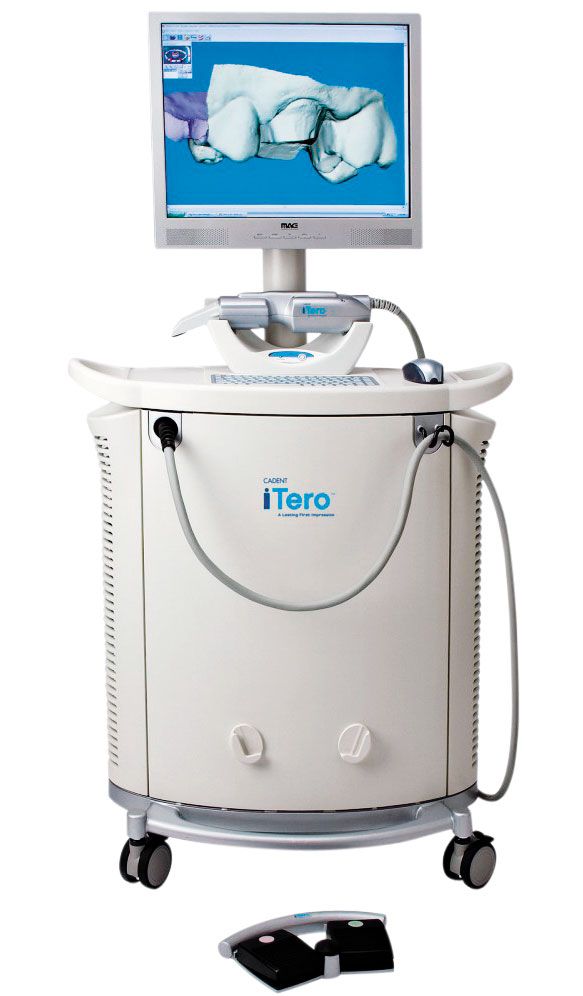
Technology has the most significant impact on my practice’s ability to generate high-quality restorative dentistry in a more efficient and less stressful way. My practice uses networked office management software with computers in every operatory, office and support area. In addition to digital radiography, we regularly use intraoral cameras, diode and erbium lasers, and chairside CAD/CAM technology. Our ability to provide high quality dentistry with ease and efficiency relies on the integration of all of these different technologies, with CAD/CAM at the center of our restorative treatment appointments.
The decision to purchase and implement new technology can be challenging. In a PPO practice, where fees can be as much as 30% lower than in a fee-for-service office, the decision can be even more intimidating. With a lower potential profit margin, added capital expenditures can have more of an impact on your bottom line. I considered several factors when choosing to add CAD/CAM to my technology armamentarium. Quality, fit and durability of the restorations were the primary focus of my clinical decision. The profitability, practical application and return on my investment were the primary focus of my business decision.
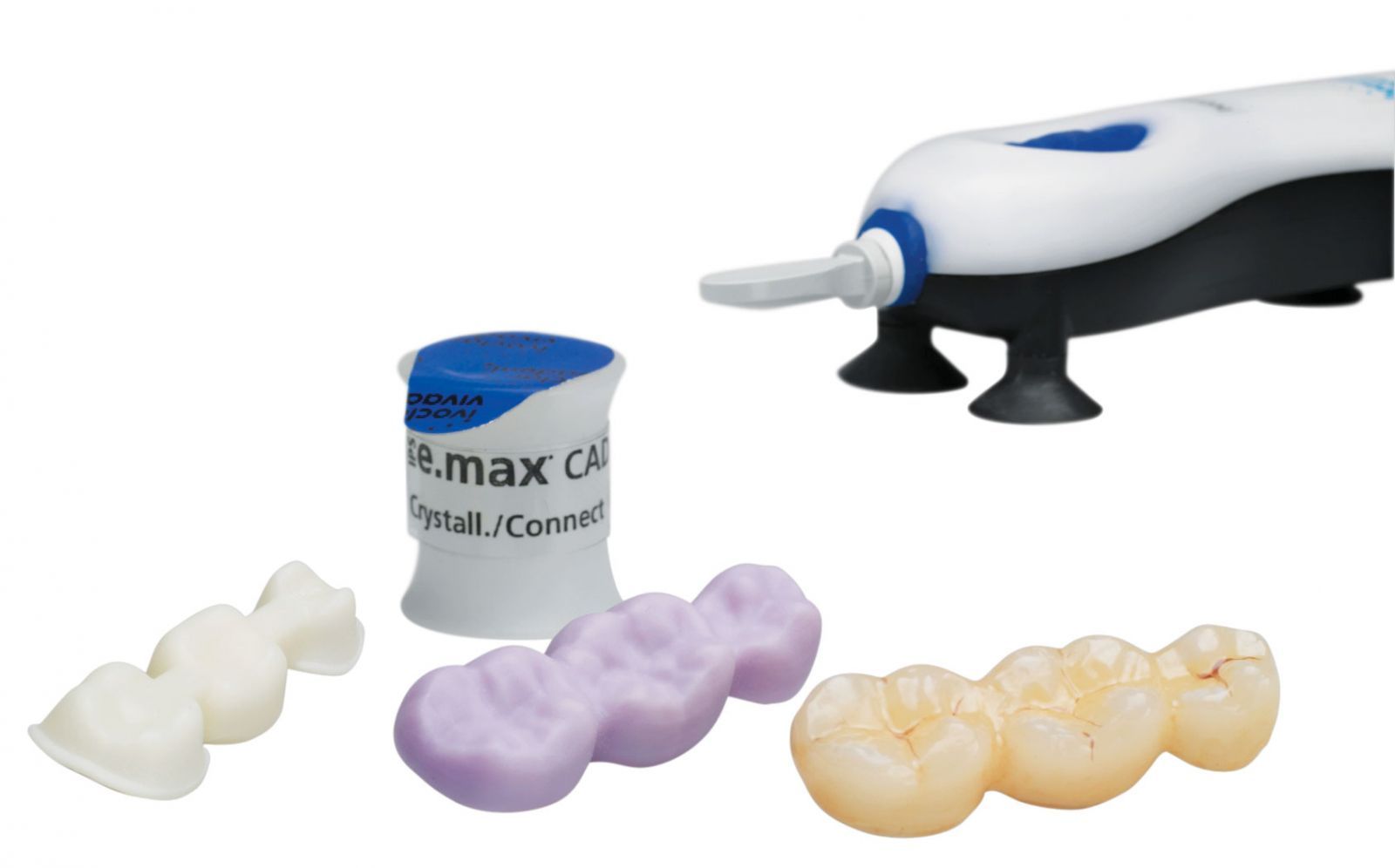
Control and esthetics
Esthetics was a significant concern as well. Would I be able to achieve optimal esthetics with the available materials for same-day CAD/CAM dentistry? Would the materials available offer enough variety to handle complicated esthetic challenges? After I completed some additional clinical training in CAD/CAM esthetics, including staining and glazing Ivoclar Vivadent’s IPS Empress and IPS e.max ceramic and the simplified polishing of 3M ESPE’s LAVA Ultimate, I was surprised by how easy it was to achieve great esthetics. I now find myself tackling the more challenging cosmetic cases on my own, as I have more control when characterization is done chairside.
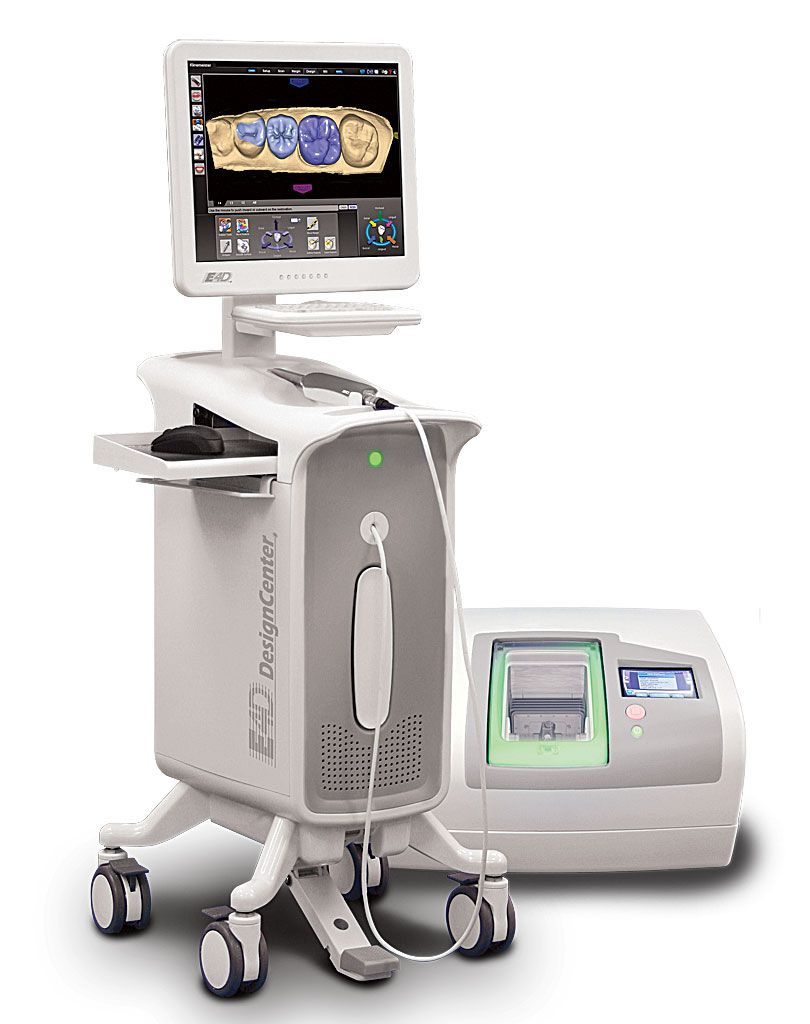
The E4D Dentist System also offers the option to have your restorations designed and/or milled offsite using the E4D SKY network. For an additional fee, you can actually send your scans to D4D Technologies to expert designers to have your designs or milling completed if you choose. This is a great service for dentists who are new to the technology, or are just getting into more advanced restorative/cosmetic cases or want to maximize use while still keeping a full schedule. In addition the E4D System (DentaLogic Version 4.5) can import and export open file formats (.stl) providing additional options for a variety of digital services from laboratories and services through the E4D Sky network.
Scheduling same day dentistry
Every patient visit costs a practice time and money. Each time a patient is seated we use consumable goods, expend valuable chair time, use staff time and must track and manage scheduling. The average crown delivery visit requires 30 minutes of chair time, and costs a practice more than $50 in overhead. It is critical to maximize efficiency to remain profitable, and one visit is more efficient than two. The economics of single-visit vs. multiple-visit indirect restorative dentistry is obvious and impactful.
In addition to an increase in total profit and hourly productivity, the dentist has 30-45 minutes of additional down time to produce more dentistry, provide hygiene exams, and perform administrative duties.

Beyond the financial return on investment are the intangible and immeasurable benefits that same-day dentistry provides. If a patient does not need a temporary, he or she is certainly less likely to call you over the weekend to have the temporary re-cemented. If a second visit is not necessary to insert a restoration, the potential of canceling, changing or no-showing for the appointment is eliminated. This reduces stress and opens up valuable time in your schedule to produce more dentistry profitably.
Marketing same day dentistry
The best marketing techniques focus on addressing the concerns that our patients have regarding dentistry. Fear, money, time and discomfort are common barriers to dental treatment. CAD/CAM addresses the issue of time quite well, but for most patients every dental visit represents time away from work, families or other important tasks. By providing same day restorative treatment you are saving your patients precious time. People don’t like going to the dentist. It’s not personal. It’s just not pleasant. Have you ever had a colonoscopy? Not a great memory. Now imagine the thought of a colonoscopy that took not one, but two visits and required you “wear a temp between each visit that may fall out.” Show patients you value their time, and that you have made a significant time/money investment in your practice to facilitate the ease and efficiency with which you can provide treatment, and I will show you a great marketing strategy.
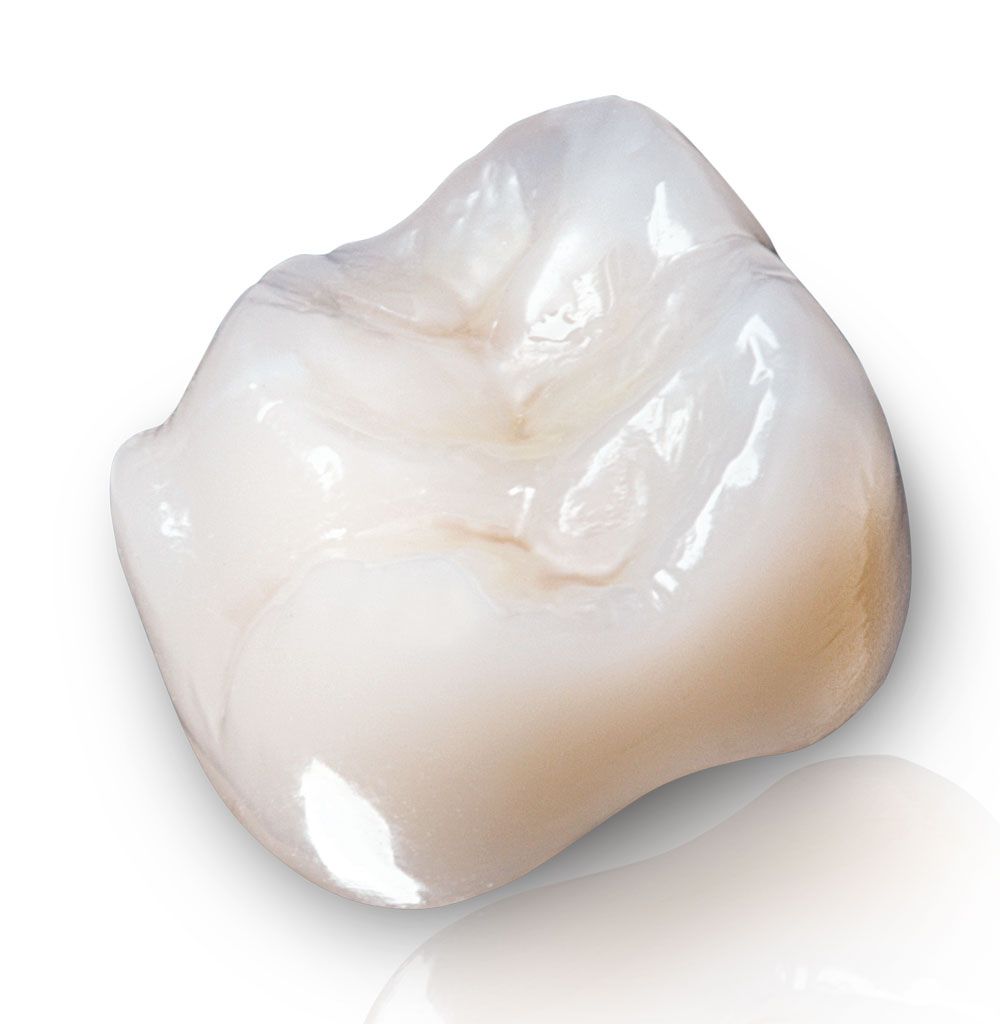
Not only is time a major deterrent to treatment acceptance, but so is fear. When patients are told they need a crown, they imagine awful tasting impression materials or temps that fall out during an important meeting. They picture ugly grey lines around old crowns near their gum lines. Think about how powerful a marketing tool it is to be able to tell them that in your practice, they don’t need any impressions, they don’t have to wear a temp, there is no metal under the crown so they won’t get grey lines, and the entire procedure can be done in one visit, during which they will have 30-45 minutes to catch up on work, return emails, or just relax and watch TV. When that patient leaves with a brand new crown and goes back to work or out with friends, she is going to talk about what a wonderful and convenient experience she just had in your office. “No, I don’t have to go back; my dentist can do crowns in one day.” That’s how to market your practice, and that’s the most significant return on your investment that CAD/CAM has to offer.
Make the investment Although the decision to implement new technology into your practice can be stressful and challenging, reduced productivity because you’re using outdated technology should be a greater concern. Make an investment in your office, your team, and your practice and the results that you see will far outweigh the financial concerns that are preventing you from making a huge leap forward and a difference in your dentistry.